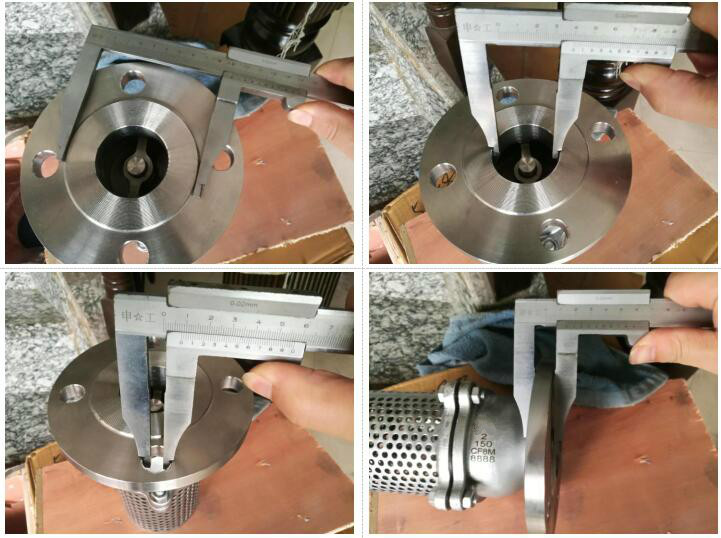The 2 inch 150LB foot valve is made of stainless steel.
Payment:
30% when order confirmed, 70% before shipmentProduct Origin:
ChinaColor:
CustomizationShipping Port:
Shanghai, ChinaLead Time:
30~60 days Ex Works after order confirmationMaterial:
CF8MMethod of Operation:
nonQuick Detail
|
Type |
Foot Valve |
|
Size |
2’’ |
|
DesignPressure |
Class 150 |
|
Construction |
Foot Valve; Bottom Valve; BB |
|
Connection |
RF |
|
Design & Manufacture |
ASTM B16.34 |
|
End to End |
MFR’S |
|
Pressure & Temp |
ASME B16.34 |
|
Test & Inspection |
API598 |
|
Body Material |
CF8M |
|
Trim Material |
F316 |
|
Media |
W.O.G. |
General Description
A foot valve, or bottom valve, is one kind of check valves that is typically installed at a pump or at the bottom of a pipeline (hence the name). Foot valves act like ball check valves but have an open end with a shield or screen over it to block debris from entering the line.
Features
The valve opening is designed to be larger than the line itself, minimizing head loss.
Special seating design provides positive shut-off.
Silent Operation - Short linear stroke.
Heavy duty stainless steel screening
Dimension Check

Why choose Dervos as your partner?
One Stop Service
Here in Dervos, we can provide you with one stop service by our complete product list, it means, you don’t need to search for various suppliers for different types of valves, and it will surely save your time and energy. All you need to do is choose Dervos and we will provide complete solutions to you.
On Time Delivery
Dervos keeps a high percentage of on time delivery. Why could we achieve that? Our purchasing team follows the order very closely. Plus, our QC and sales person will also do monitoring job on each order.
Strict Quality Control
All the members in the QC team are very experienced and professional. For each order, they will check the raw material, manufacturing process, do the pressure testing on shell and seal, and check the valve dimension per assembly drawing. Lastly, they will inspect the painting and packaging.
If you are interested in our products and want to know more details,please leave a message here,we will reply you as soon as we can.